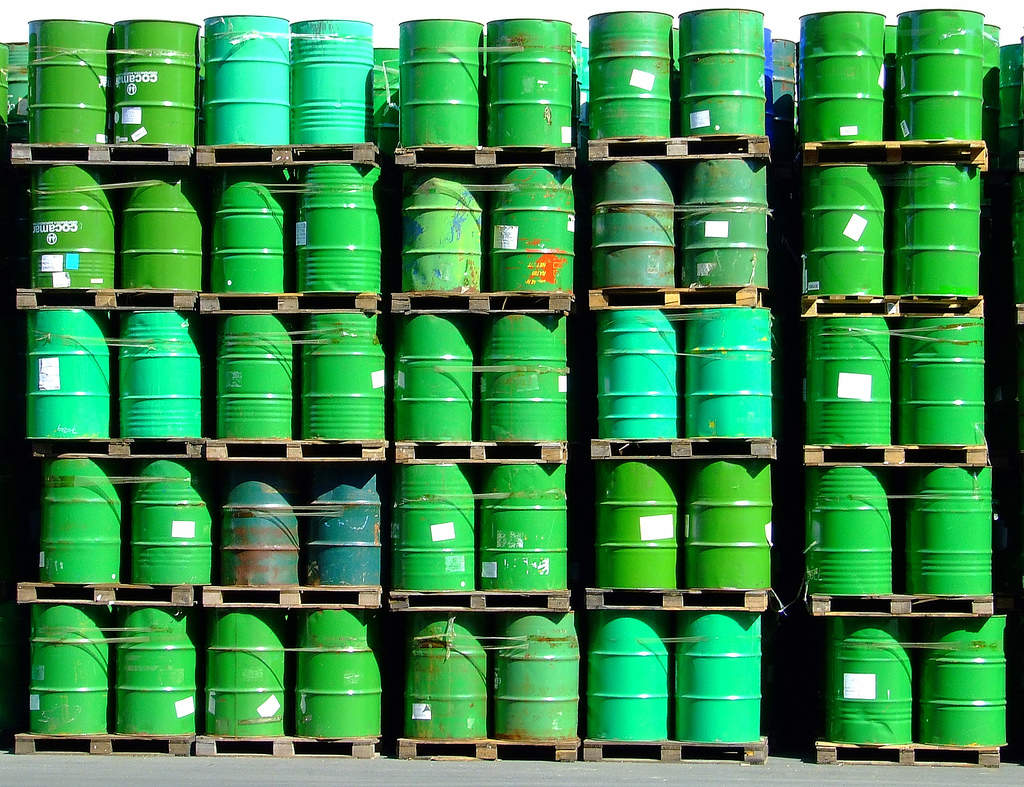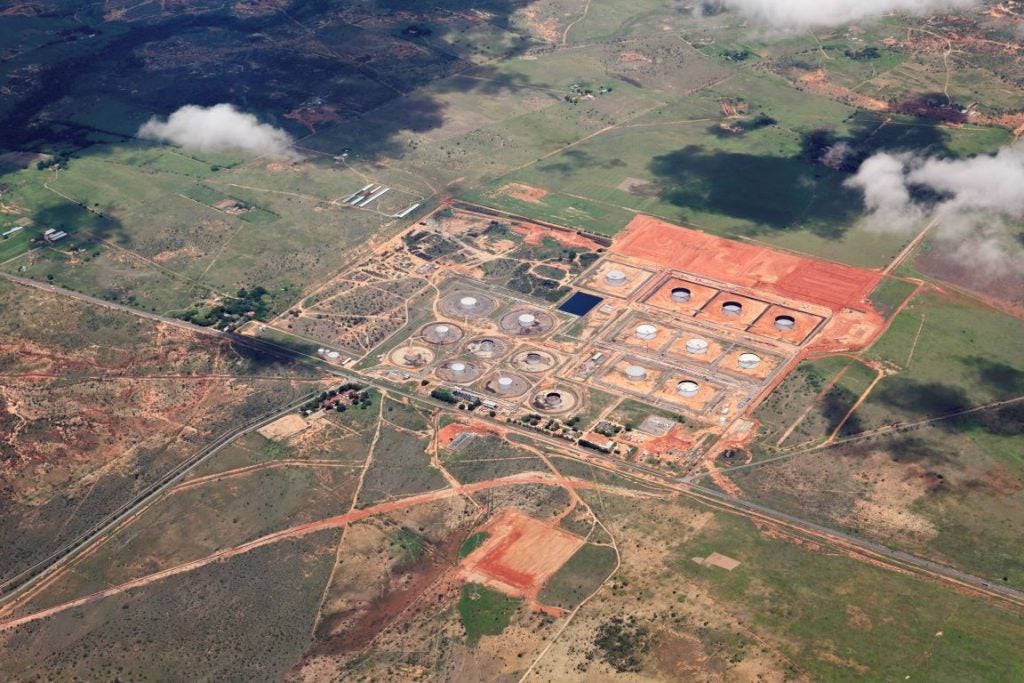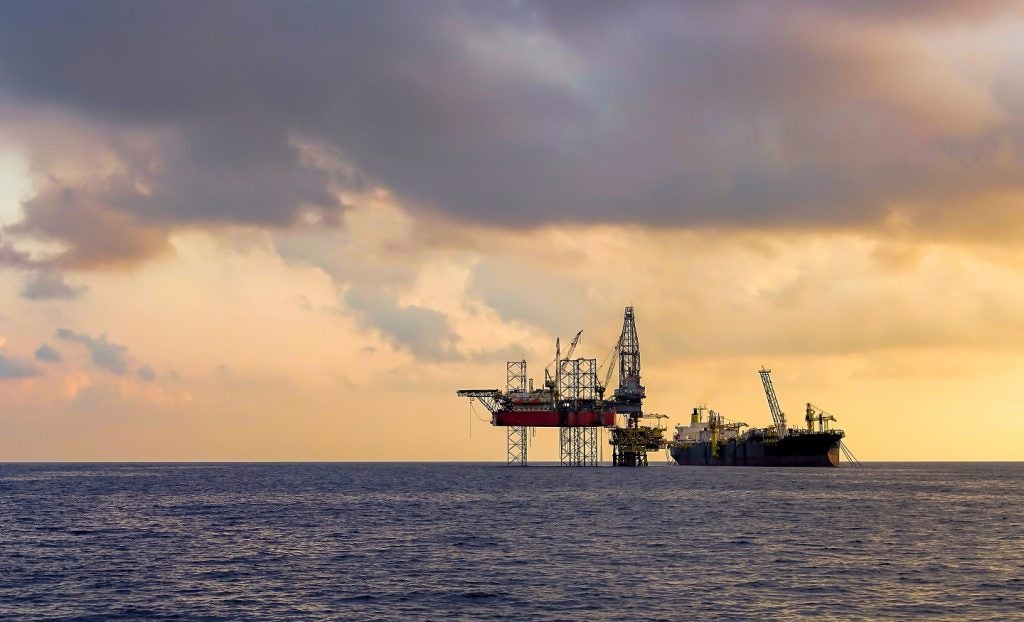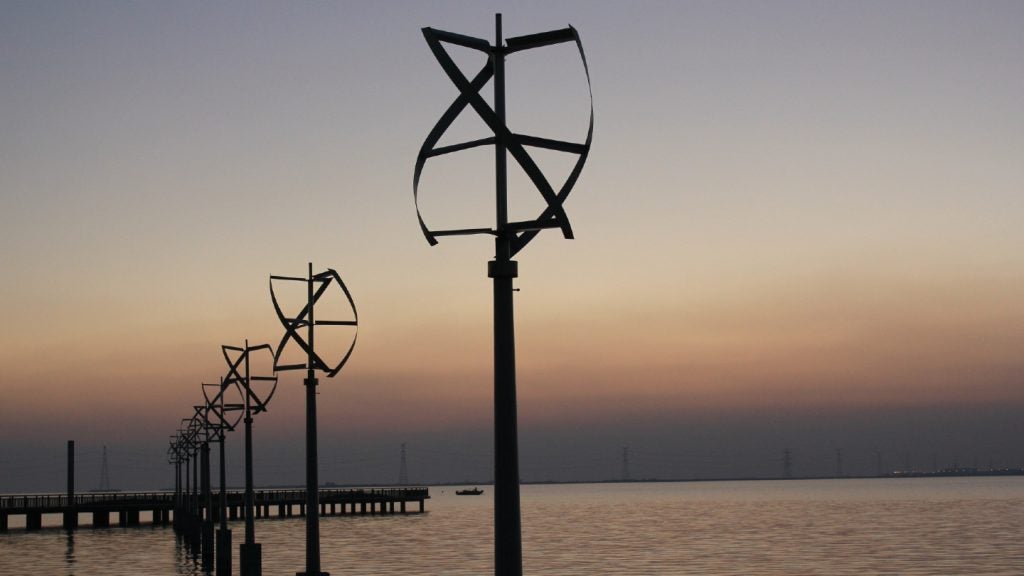
The US is on the brink of becoming the world’s top oil producer. After November production highs, Reuters reported that US oil supplies had jumped four-fold year-on-year, with output expected to reach 10.7 million bpd this year. With no sign of production slowing down, it’s almost inevitable America will reach the top spot before the year is out.
The increase is partly due to the indomitable Permian Basin and its shale plays which continue to produce at breakneck pace. The Energy Information Administration has forecasted the basin’s May production to be 3.183 million bpd—an expected 73,000 bpd rise from April and a fourth month of consecutive increases.
Offshore has seen increases, too. US offshore wells increased production between September and December by 220,000 barrels a day, CNBC report.
What else is driving US oil production?
Rather than just increases in US production, there are other factors at play, such as OPECs pricing strategy. The oil organisation has been holding back supply to keep prices afloat, around the $60 – $80 mark. This has spurred on Canadian and US oil producers, says NRG Expert senior analyst Edgar van der Meer.
“The US becoming the number one oil producer isn’t very surprising considering OPEC has really dialled down their production,” he explains.
“US producers are restarting their operations and ramping up their production because of the profitability and feasibility of the present oil price. The more the price ramps up, the more extraction becomes feasible for producers to play an even more active role in the market,” he adds.
How well do you really know your competitors?
Access the most comprehensive Company Profiles on the market, powered by GlobalData. Save hours of research. Gain competitive edge.

Thank you!
Your download email will arrive shortly
Not ready to buy yet? Download a free sample
We are confident about the unique quality of our Company Profiles. However, we want you to make the most beneficial decision for your business, so we offer a free sample that you can download by submitting the below form
By GlobalDataIn exchange for higher prices, OPEC seems to be accepting losing market share to the US, something it tried to halt without real success in 2015 – 2016 when it crashed prices by refusing to cut its production at a time of oversupply to the market.
Aaron Brady from IHS Markit explains further: “When we say OPEC, we mean Saudi Arabia and to an extent Kuwait, UAE and Russia, which is not an OPEC member but is part of the agreement.
“After the price collapse production declined, but it is growing very strongly again for two reasons: oil prices are higher and we believe for shale producers, anything above $50 a barrel is conducive to robust growth for them as they have cut their costs, improve efficiencies and reduced service expenditure.”
He adds: “Offshore is comparable, but with longer lead times and bigger volumes of capital. A major offshore project is billions of dollars, whereas an individual well in the Permian Basin might be under $10m.”
Other factors affecting the US’s race to the top spot include declining Venezuelan supply, possible US sanctions on Iran, strong demand from Asian markets, and a buoyant global economic outlook.
Furthermore, imports into the US from OPEC have seen a steady decline with the US consuming more domestic oil, but also exporting to countries in Asia and the Americas.
What does this mean for offshore producers?
Offshore has remained steady and is already approaching 2009 peak oil production again. Furthermore, van der Meer says it should benefit from the higher prices.
“The offshore sector profits from the higher oil price so there is more exploration that can take place in harder to operate areas and harder to extract reserves; we are seeing steady or gradual incline for offshore,” he says.
Additionally, the Trump administration has plans to open up 25 of 26 regions of the outer continental shelf to drilling, which could see activity offshore increase. Could these regions further boost production?
“This would certainly impact on the level of production, but it depends on whether the oil price will allow for exploration, the prices will determine the feasibility,” notes van der Meer.
However, Brady says IHS doesn’t see a real appetite to drill in new offshore areas, such as the East Coast and offshore Florida.
“Shale plays are much lower risk, we know where the oil is, it is just a case of deploying the capital,” he says. “Offshore presents more risk as well as potential environmental opposition, so there is less sense this will imminently change anything.”
Brady says there could even be a delay in investment in longer-lead cycle projects, such as offshore, including in deep water, if operators and investors still think shale will keep prices lower over the long term. However, he adds it’s important to remember, though growing, shale still represents only 6% of world market share.
“What will probably happen is, only until the current oil fields have been depleted or are no longer feasible will we see a shift to new locations,” he says, adding: “However, if prices were to increase then we may see more offshore production to a greater degree than we do now, but that would largely depend on OPEC and the US still has the smaller proven reserves.”
Will the US become the number one oil producer this year?
So is the US going to reach the global oil-producing top spot by the end of 2018?
“That certainly is a possibility,” says van der Meer. “The US is reaching high levels of production but the main reason why the US will be the highest producer is because Russia and Saudi Arabia have limited their output.”
Both analysts agree this is a strategy that is likely to continue, especially in Saudi Arabia, which has high national spending priorities and is involved in an expensive war in Yemen, making it in the country’s interest to keep the oil price higher.
Van der Meer says NRG Expert is predicting a relatively stable five-year period where oil will probably fluctuate between $60 – $80.
“After which, we expect prices to go up with supply coming down on the OPEC side and perhaps the US reaching a peak at around 2022, with supply coming down again, and then very gradual increase in prices,” he explains.
For now, however, if the US becomes the biggest producer it will merely keep oil prices in check, says Brady, but Saudi Arabia will remain the swing producer. He adds: “The decision matrix is with Saudi Arabia, it is still the swing producer because it has the largest reserves and a couple million barrels per day spare it could bring to the market quite quickly.”






